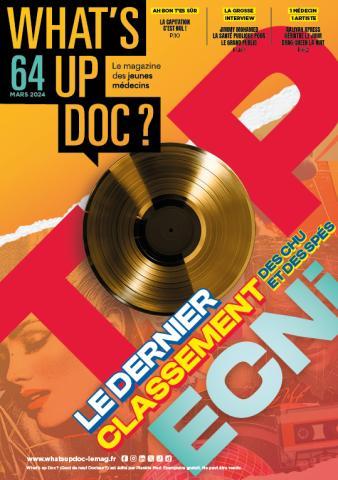SES PUBLICATIONS
Main features of a Discussion section
Here’s an extract showing the main features of a Discussion section:
La partie Discussion

In this 9th issue, you will find a new contribution dealing with the Discussion section. This section is the most difficult to write because it has to be thorough but concise.
Modality
As the Discussion section is used to put forward hypotheses and open up new avenues of research, modal verbs, modal phrases, modal expressions (adjectives, adverbs...), and verbs with a modal connotation are often found here.
Similarity/difference/contrast
The Discussion section is used to compare the results of the current study with those of previous studies on similar topics, and to highlight and explain differences and similarities.
Link words
Link words are often found in the Discussion section to structure the section, to show the reasoning behind the arguments used, and to highlight the place of the study in the body of scientific knowledge on the topic.
Expressions to describe figures
Here are the main expressions used to describe figures:
Présenter les Résultats (2) : Tableaux et figures

In this 8th issue, you will find a new contribution dealing with the tables and figures of the Results section. This part of the Results section is important, because some readers pressed for time will skip the text and concentrate on these illustrations.








